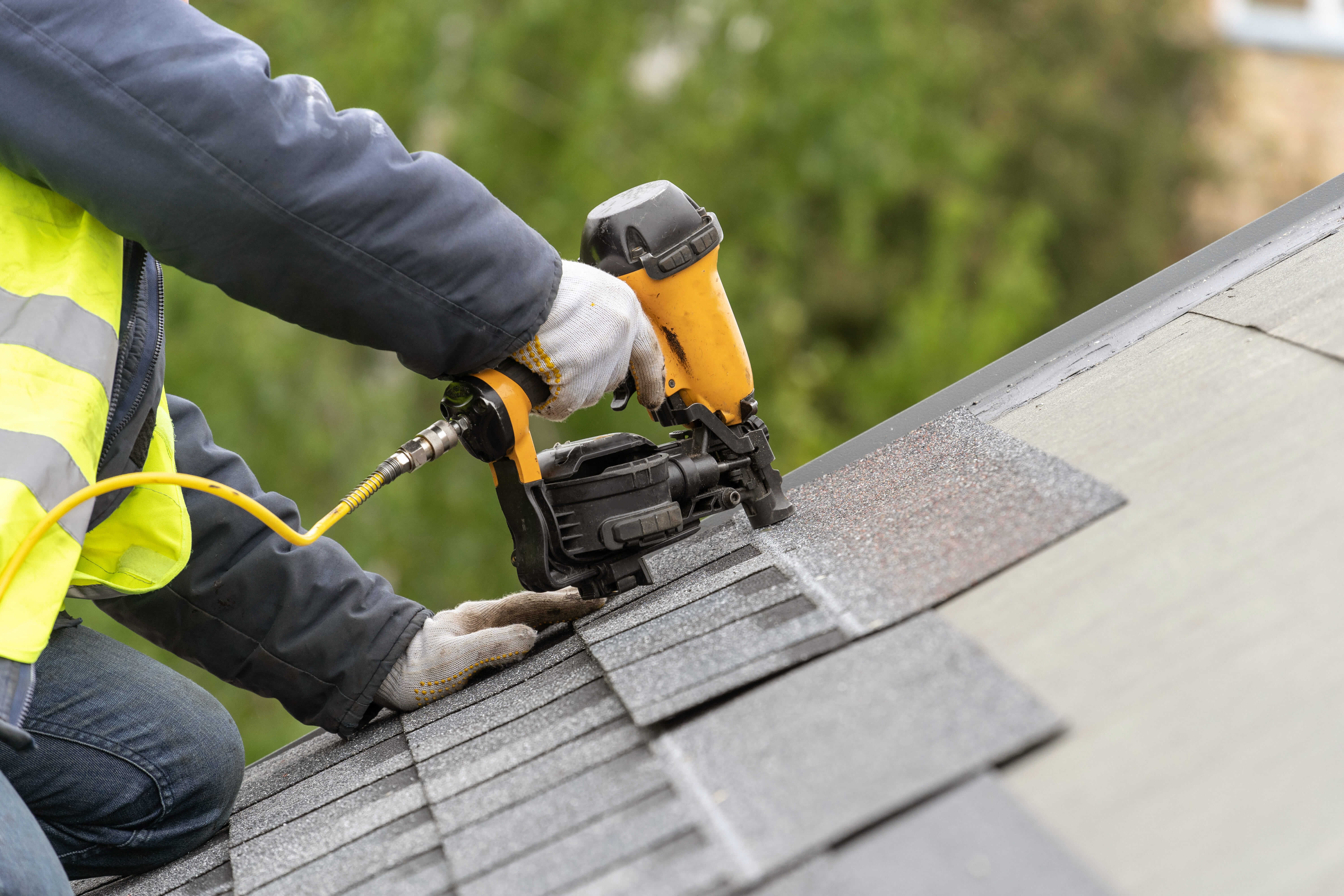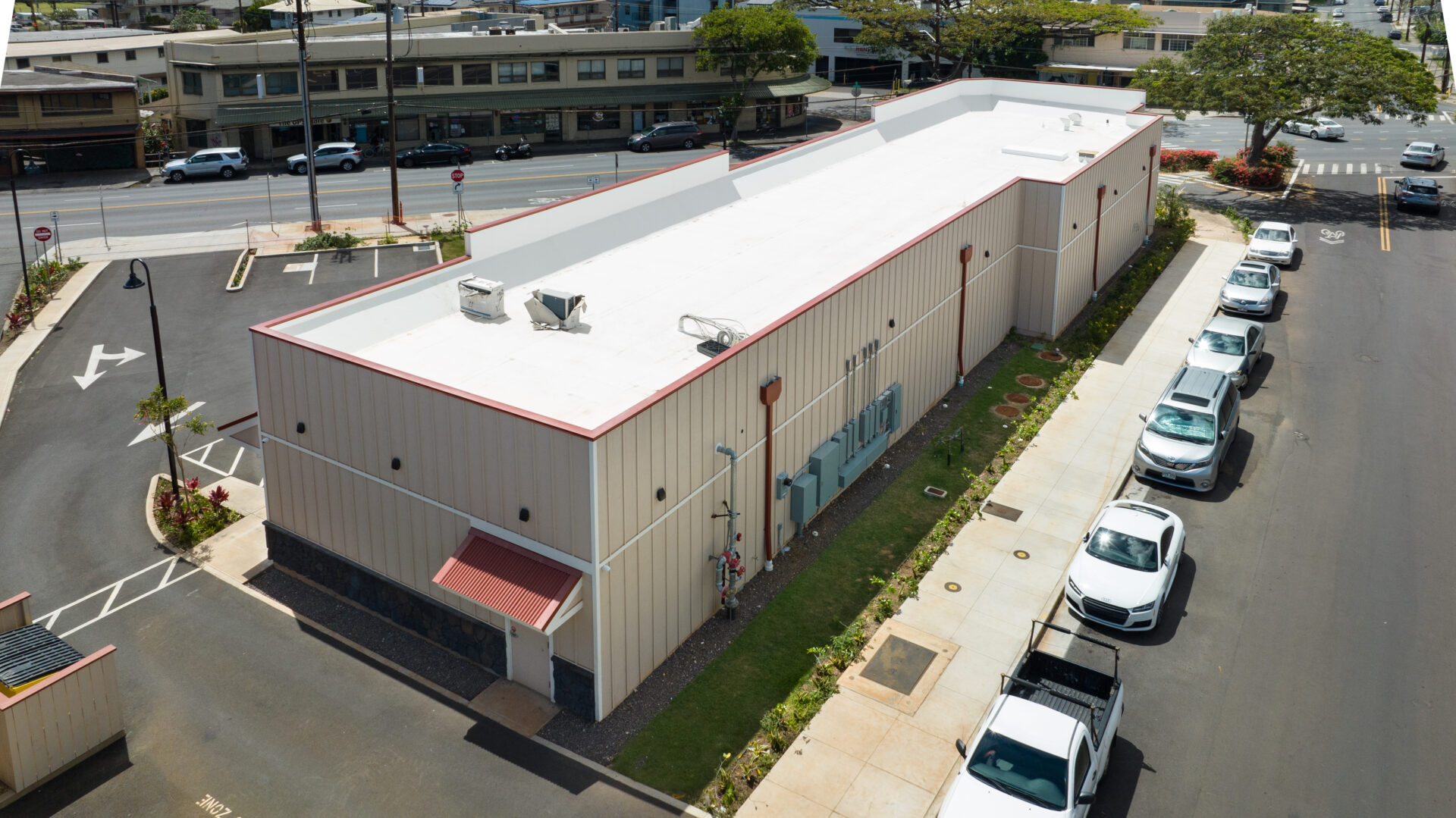For durable Hawaii roofing, work with industry professionals for the highest-quality results.
How to Select the Right Roofing Material for Your Environment and Budget Plan
When selecting the proper roofing material, house owners should navigate the intricacies of neighborhood weather patterns and monetary restrictions. Materials such as asphalt shingles and metal roofings provide unique advantages in terms of water resistance and long life, particularly in locations prone to extreme climate.
Evaluating the Impact of Regional Climate on Roof Covering Choices
When choosing roofing products, thinking about local weather problems is important. Different environments demand certain attributes from roofing products to boost resilience and efficiency. In regions with heavy rainfall or snow, options like asphalt shingles and steel roofings are favored due to their waterproof high qualities and capacity to lose snow easily. Alternatively, in warm, warm climates, products such as clay floor tiles or slate can show sunlight, thus reducing air conditioning costs and standing up to sun damages.
Areas susceptible to high winds or typhoons require roof covering products that can endure such pressures. Steel roof, as an example, is known for its high wind resistance, while specific crafted shingles are designed to remain intact in severe wind problems. In locations with constant hail, impact-resistant shingles are recommended as they can substantially endure the pressure of hail without receiving damage, hence maintaining their architectural stability and aesthetic look over time.

Checking Out Economical Roofing Materials for each Budget Plan
Local weather problems dramatically affect the choice of roof covering products, however economic restrictions also play a critical function in the decision-making process. House owners and home builders commonly seek products that stabilize resilience with price.
Steel roof, while originally a lot more expensive, uses longevity and power efficiency, which can equate right into price financial savings in time. Click Here hawaii roofing. For those in milder environments, clay and concrete tiles provide an option that, despite greater ahead of time expenses, sustain longer and supply unique architectural allure


Comprehending the Long Life and Upkeep of Different Roof Covering Types
The length of time can different roof products last, and what level of upkeep do they require? Asphalt tiles, one of the most common roof covering material, typically last 15 to 30 years and require periodic shingle substitute and particles elimination. Steel roofings supply a longer life expectancy, varying from 40 to 70 years with marginal upkeep in addition to occasional cleansing and inspection for corrosion or damages. Slate and tile roofs, while extra costly, boast a resilience of 50 to 100 years, requiring infrequent but proficient maintenance to replace damaged or split floor tiles.
Timber shingles and trembles have a natural visual but require more upkeep as a result of their vulnerability to rot and insect damages, usually lasting 25 to three decades with normal therapies go now and inspections. roofing honolulu. Each roofing type's longevity and upkeep needs are vital to take into consideration when balancing preliminary costs against lasting investment and labor, making sure a selection that lines up with both budget plan and climate needs
Verdict
To conclude, picking the appropriate roof covering material rests on a well balanced analysis of regional weather and monetary restrictions. House owners must consider the resilience and upkeep requirements of each choice, alongside its ability to hold up against specific weather challenges. Whether selecting cost-efficient asphalt tiles, resilient metal roofs, or heat-reflective clay ceramic tiles, making an enlightened selection guarantees both the long life of the roof and the total security and effectiveness of the home.